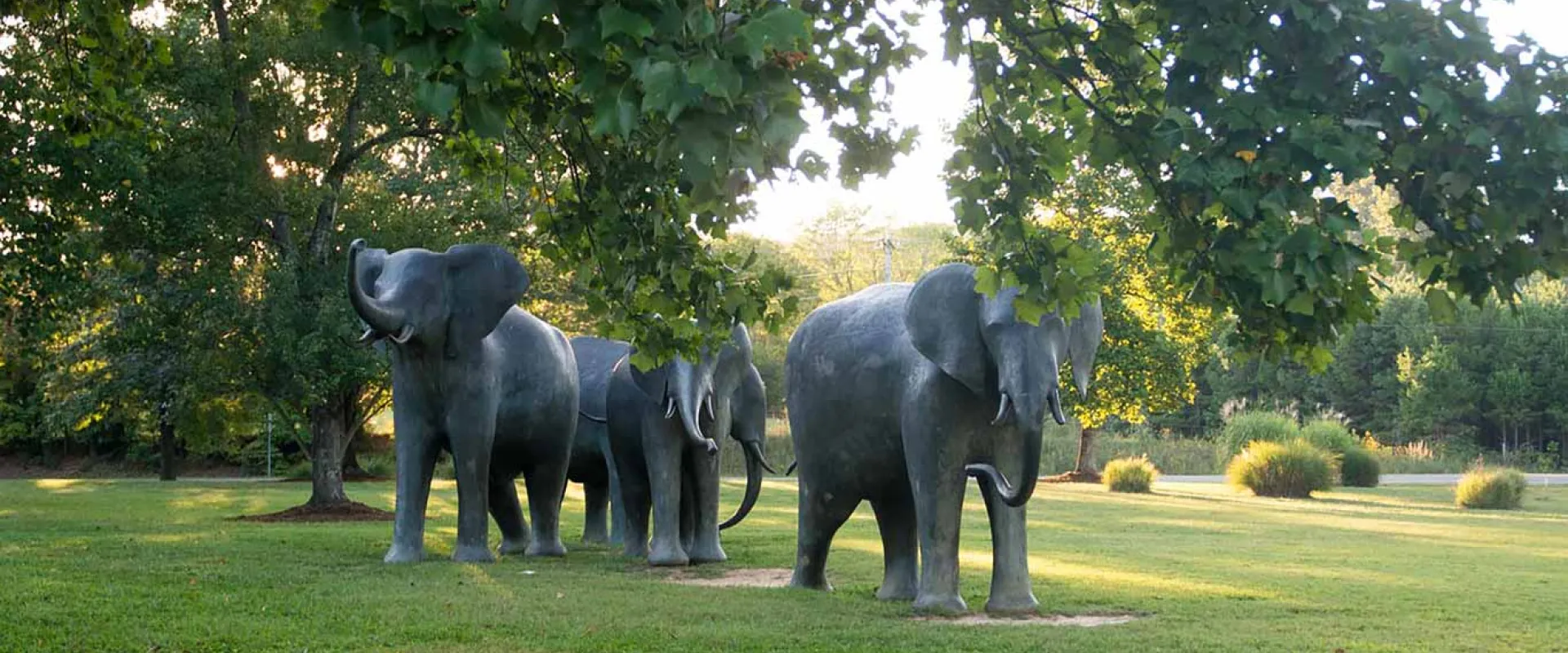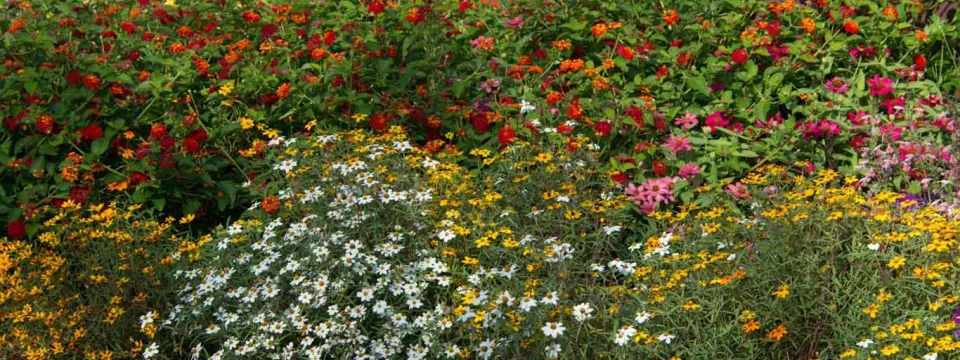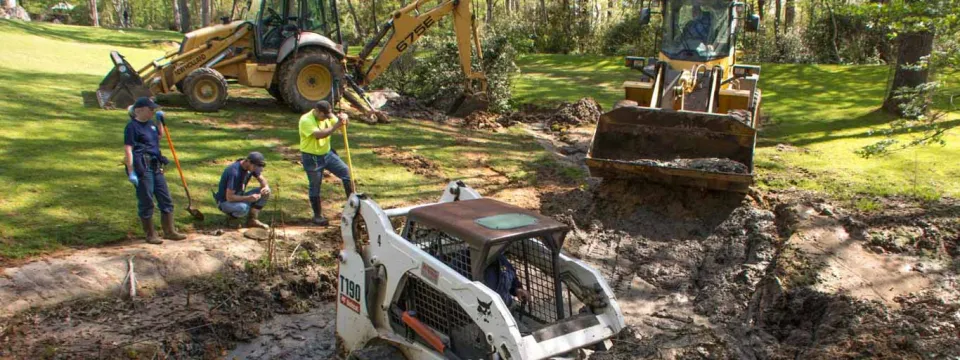Bob Langston, Sustainability and Conservation Outreach Coordinator
While the Peter Woytuck sculpture featuring four life-sized bronze elephants might be the first thing you notice as you drive to the zoo, my attention is drawn to landscaping managed by the Zoo’s skilled staff of Horticulturalists. Often called the “Hort Staff” these are our unsung heroes, for many reasons.
Our guests often note the well manicured turf and the gracefully executed garden beds. During the warmer months, flowers, flowering shrubs and flowering trees greet visitors, even the tiniest of our visitors – the pollinators. At Solar Point, at the Stedman Education Building and at other locations around the Zoo, Pollinator gardens and Monarch Butterfly Way Stations welcome insects to feed as they go about daily activity.
Out of the guest’s view, a complex of seven greenhouses support plantings found across the Zoo Grounds, inside and outside habitat spaces. One of the more permanent structures is home to tropical plants, living in warm, humid temperatures that will someday live within the R. J. Reynolds Forest Aviary. Next door, within a warm, dry greenhouse Desert plants await their placement in the “Mangum Deserts of the World” habitat. Some structures in the greenhouse complex are sites for propagation of perennial flowers to be planted across the 500 acres of developed Zoo Grounds. Inside other greenhouses plants are grown as food and browse items to sustain Zoo animals.
Many of the plants found in the two permanent greenhouses have long lives. Within the Aviary and the Desert habitats, our resident animals can be a bit tough on the plants – birds might damage them while gathering nesting material and other animals may nibble or knock pieces off. Careful observation by Horticultural Staff members determine when a particular plant specimen needs a break and these plants are then moved to one of the greenhouses for a period of rehabilitation. Like so many other careers at the Zoo, observational skills are required for success as a Horticulturalist.
“Hort staff” -- the amazing women and men who maintain the grounds at the North Carolina Zoo have a difficult task keeping up with all the plants on grounds year-round. All garden beds, either indoor or outdoor require irrigation and maintenance (a tactful way of saying that staff are often on their knees weeding a flower bed). There are significant additional responsibilities too.
During the spring, planted areas are cleared of old mulch and last year’s deceased plant material. New compost is added and blended. After the season’s plants go in, mulch and/or leaf litter is added for moisture retention and aesthetics. Where irrigation is necessary, either manual or automated watering is applied according to local weather conditions and needs of the plants.
During the summer months, after irrigation, all garden areas must be checked for insect damage or other concerns to assure they are healthy. As fall approaches, leaves fall. Before guests arrive each day, Zoo exterior horticultural staff, armed with blowers, have cleared the previous day’s leaf fall from parking areas, walkways and habitat spaces. Winter activity is often dedicated to the removal of snow and ice, making sure no surface is hazardous to Guests or other Zoo Staff. This is one of the many reasons why Zoo Horticulturists are hailed as unsung heroes!
Somehow, between all of these tasks, planning for new features and the renovation of existing plantings take place.
Members of the North Carolina Zoo handle many more details critical to daily operations…but that is another story!



